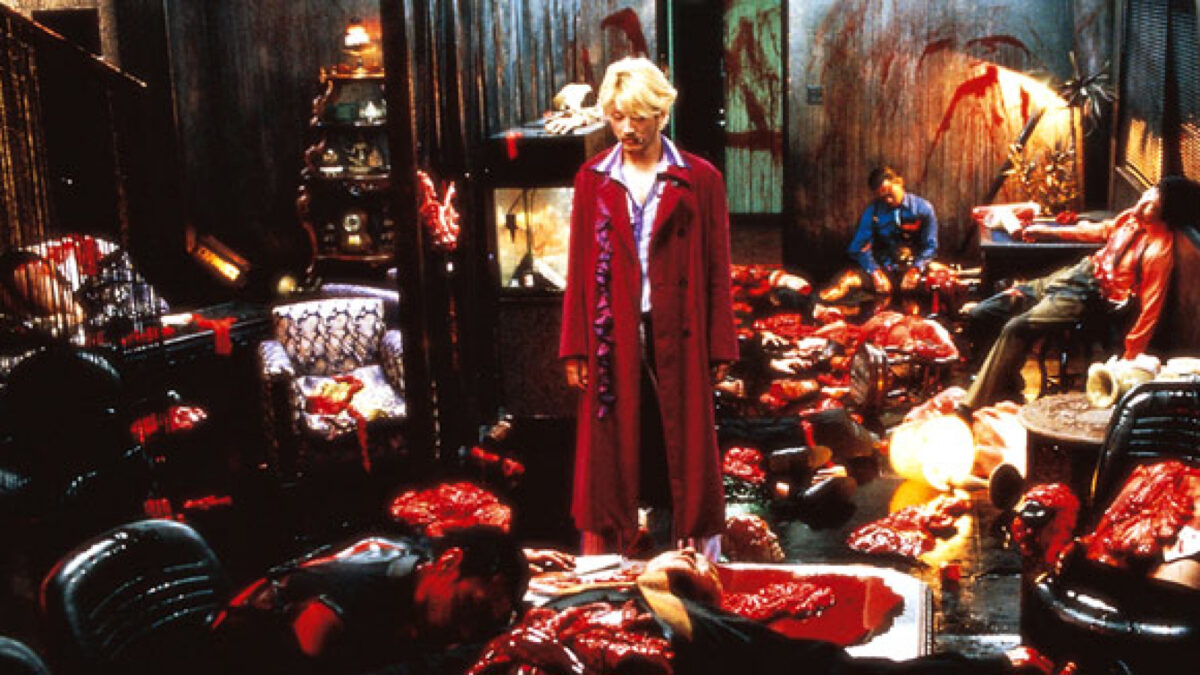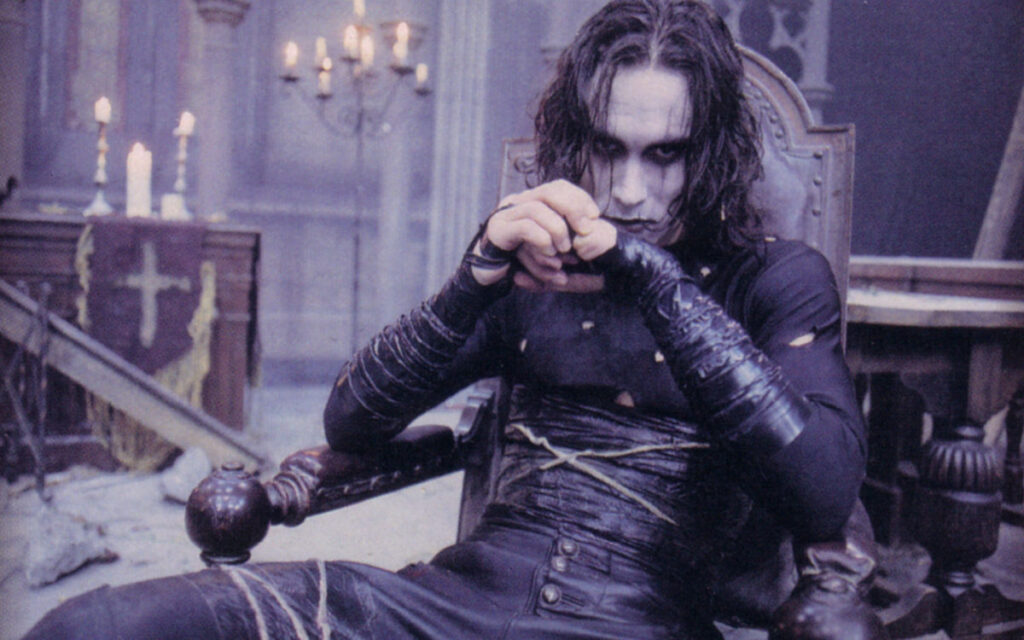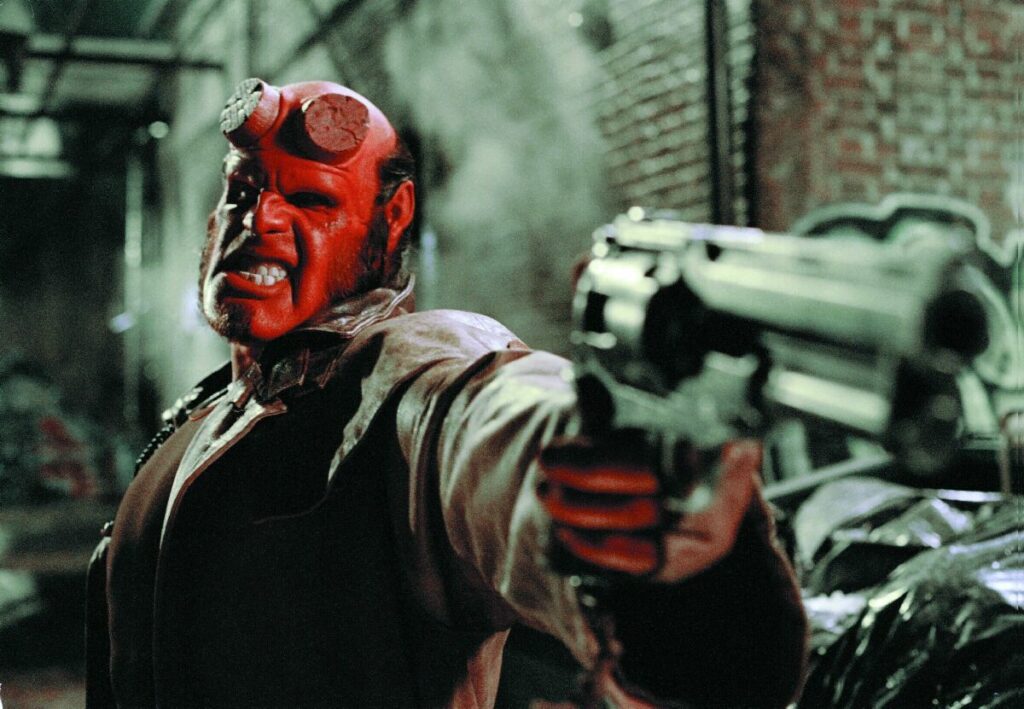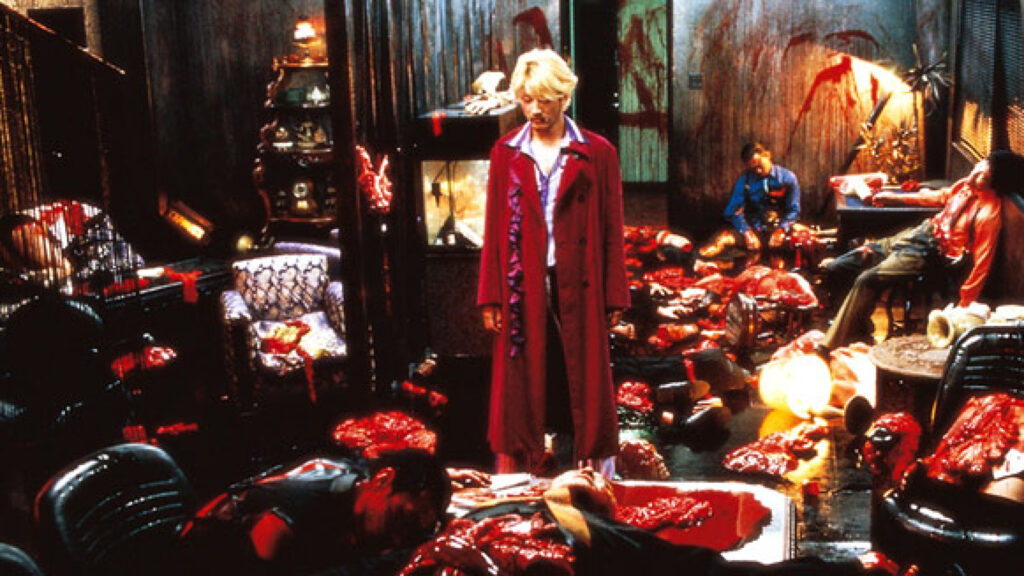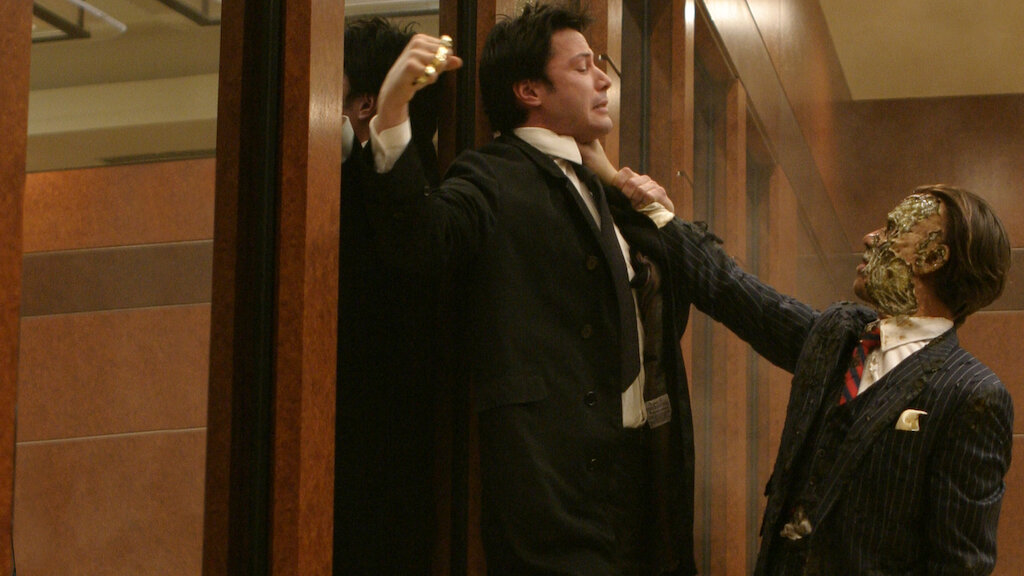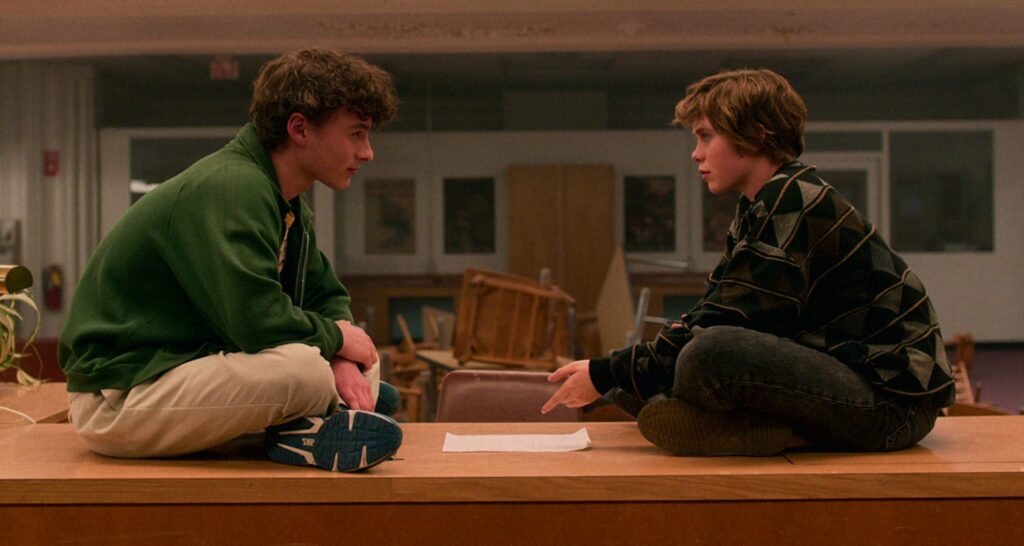Retrospective – The Crow (1994)
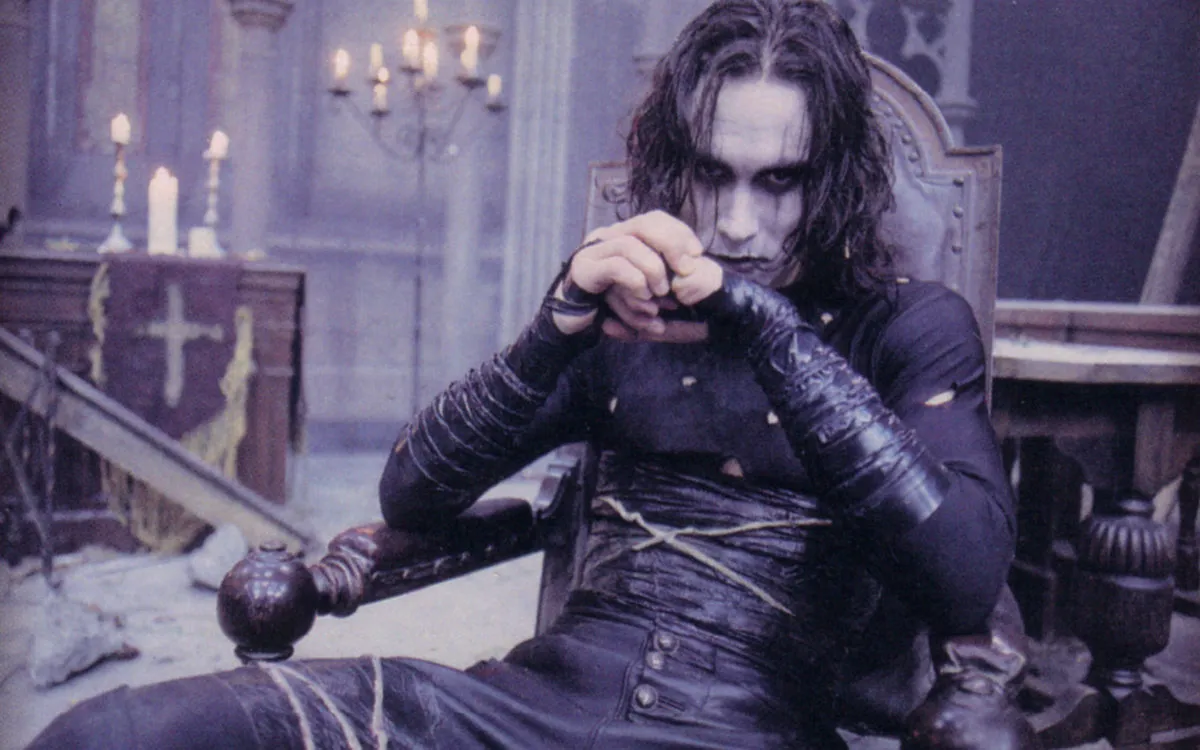

The Crow is perhaps one of the best films of the mid-1990s. It wows audiences and critics alike and has cemented itself as a definitive classic for the ages. As the film celebrates its 30th anniversary, let’s dive into the turbulent world of grungy, vengeance-seeking chaos, gothic aesthetics, rocky sequels, and the tragic production of The Crow.
On Devil’s Night, the night before All Hallows Eve, rock musician Eric Draven (Brandon Lee) is murdered after his fiance, Shelly (Sofia Shinas), is brutally attacked by a group of vicious men the night before the couple’s wedding. However, in a twist of events, Eric rises from the dead and embarks on a violent mission for vengeance.

The idea for this twisted and gritty thriller was first conceived by comic artist James O’Barr in the early 1980s as a way of him dealing with his own fiancée meeting her demise at the hands of a drunk driver. Brimming with anger, O’Barr poured himself into this tale of revenge and hurt, which would eventually be released in 1989 after it was shelved for several years. With the burgeoning popularity of the series, O’Barr was contacted by studios hoping to adapt the story into a feature film. However, that idea was scrapped after executives wanted to transform the film into a musical starring none other than Michael Jackson. Whilst music did eventually play a large part in The Crow, the striking change in layout shut down any initial hopes of adapting the comic books. Eventually, The Crow resurfaced and was brought to the attention of writer John Shirley, who admired The Crow’s haunting style as O’Barr had originally envisioned, leading to a fleshed-out script that was ready to film. Although there were some bumps along the way, with Shirley leaving the production and David J. Schow being brought in for rewrites, the film finally took way.
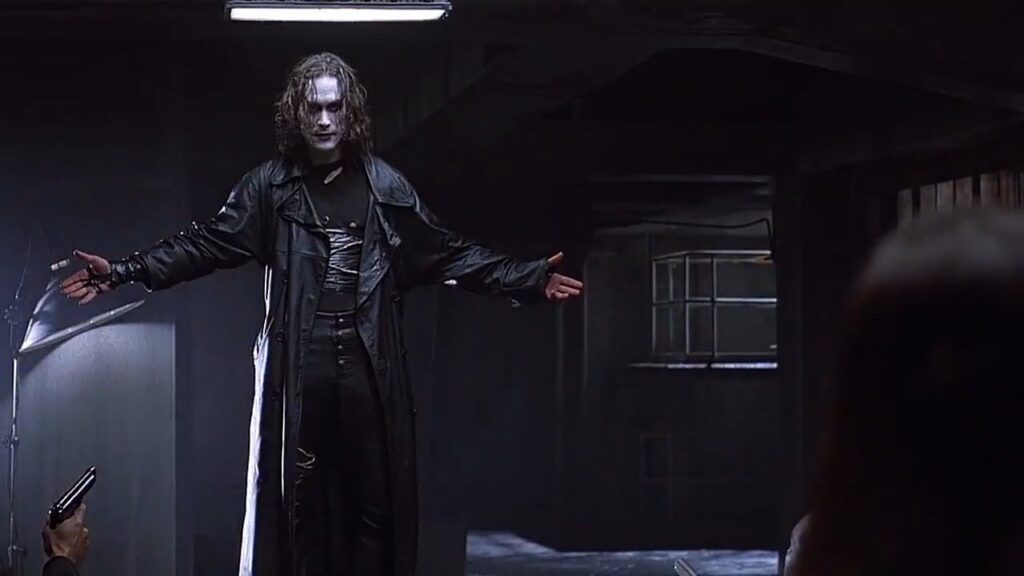
Casting the role of the lead, Eric Draven, was crucial to the film’s success. The character needed to be at equal levels of dark, mysterious, dangerous, and crazed, but whilst still remaining almost burdened with a deep level of empathy and emotional vulnerability. It was a challenge that the development crew had originally thought either big names such as Christian Slater or River Phoenix could tackle, but it was Brandon Lee who was graced with this career-defining role. Lee, son of legendary martial arts figure Bruce Lee, had appeared in a small string of feature films such as Legacy of Rage (1986) and Laser Mission (1989) prior to filming, but The Crow was his ‘big break’ into mainstream cinema.

It is well known how immersed Lee became in the role, dedicating his physical strength to losing 20 pounds to slim down for the character of Eric. As well as helping choreograph his own fight scenes with long-time friend and fellow martial artist Jeff Imada. The film was going full throttle, with its fantastic lead and a brilliant story shaping up to be a future success. However, on the 31st March 1993, tragedy struck as Lee was fatally wounded on set. During a scene which showed Eric being shot by the thug gang, a prop shotgun was fired by co-star Michael Massee. The revolver was supposed to be filled with commercially made and checked dummy cartridges that could not cause harm or injury. Devastatingly, the prop department forwent the cartridges purchase and made their own by extracting real bullets, ridding the gunpowder charge and then loading the magazine with the doctored ‘dummies’. The crux, however, is that the crew did not extract the primer, which meant that the bullet could detonate with substantial force, essentially acting as a normal, lethal bullet.

The scene in question required Massee to stand about 11-15 feet in front of Lee and shoot him in the midsection. The actions were taken, the trigger was pulled, and director Alex Proyas yelled ‘cut’. Tragically, Lee did not stand up, and it was realised that the weapon was actually discharged. After great difficulty and negotiations, the film commenced after a break to mourn the great Lee, with the fatal scene being wiped and replaced.
Upon its release, The Crow was met with favourable reviews, particularly concerning what was essentially Lee’s swan song in the industry. The prowess he held in playing such a multifaceted character spoke to the complexity of his talents and ultimately was one of the leading determining factors in the film’s long-running success. Further praise was garnered due to The Crow’s stylistics, which to this day is still as deserving of applause as it was then. The film has an aura of morbid, gothic grunginess that coats each visual with a textualness that can be described as a leather-clad, steampunk-esque and moody journey into darkness. Much of the film’s imagery is complemented by the scoring, which features music from The Cure, Rage Against the Machine, Stone Temple Pilots, Nine Inch Nails, and Pantera. The Crow’s central theme, ‘Burn’ by The Cure, summarises the film’s inspiration and subsequent influence on goth culture, with the edgy luridness emulating the film’s macabre and pained portrayal of vexed sorrow.
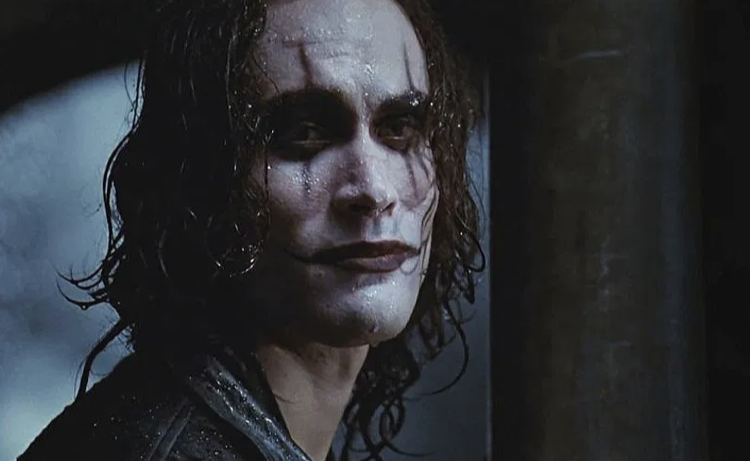
Seconding the dynamic power of the soundtrack is the costume and design, which showed Eric draped in his iconic black trenchcoat and the signature face paint, which Lee would actually do himself every day of the shoot. The cinematic origins of Eric’s appearance originate after he is resurrected from the dead, where he takes inspiration from a masquerade mask complete with blackened paint smeared around the eyes and lips, with vertical and horizontal stripes exaggerating the features, creating an eerie, cosmetic smile across his face.
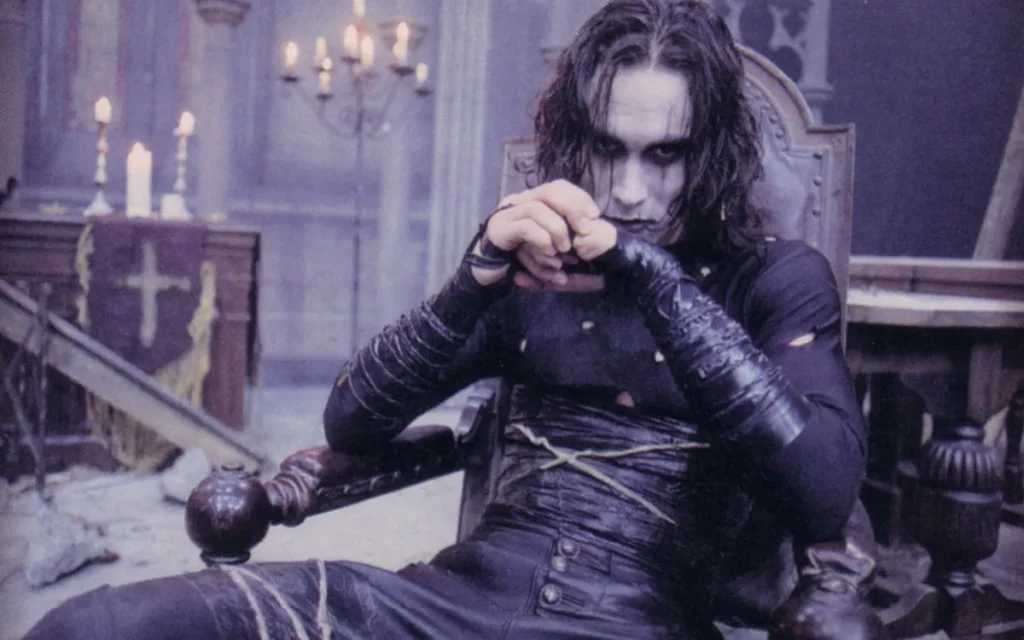
Throughout the years of success, The Crow has seen many sequels, which primarily have not been as well received. Just two years after the original, a sequel titled The Crow: City of Angels (1996) premiered, following another revenged paved story. After another two years, a TV series, The Crow: Stairway to Heaven (1998), was enrolled into the growing franchise. The year 2000 saw The Crow: Salvation hit screens with yet another round of generally unfavourable reviews. The final film until this year was released in 2005, The Crow: Wicked Prayer, which once again failed to live up to the triumph of its originator. All of the highs and lows of The Crow franchise lead us to 2024, where the tragic tale of Eric Draven is reignited in a remake directed by Rupert Sanders and starring Bill Skarsgård as the aggrieved widower.
As the 30th anniversary of The Crow is honoured and the remake looms, it is crucial to remember just how prominent the film is. To say that the film has a cult fandom is an understatement. Instead, The Crow is unbelievably beloved by masses of viewers, many of whom agree that the film’s force is largely at the hands of Lee’s immersive, powerful performance that he was sadly never able to experience on the big screen.
Want more top horror lists and reviews? Check out our blog here..

